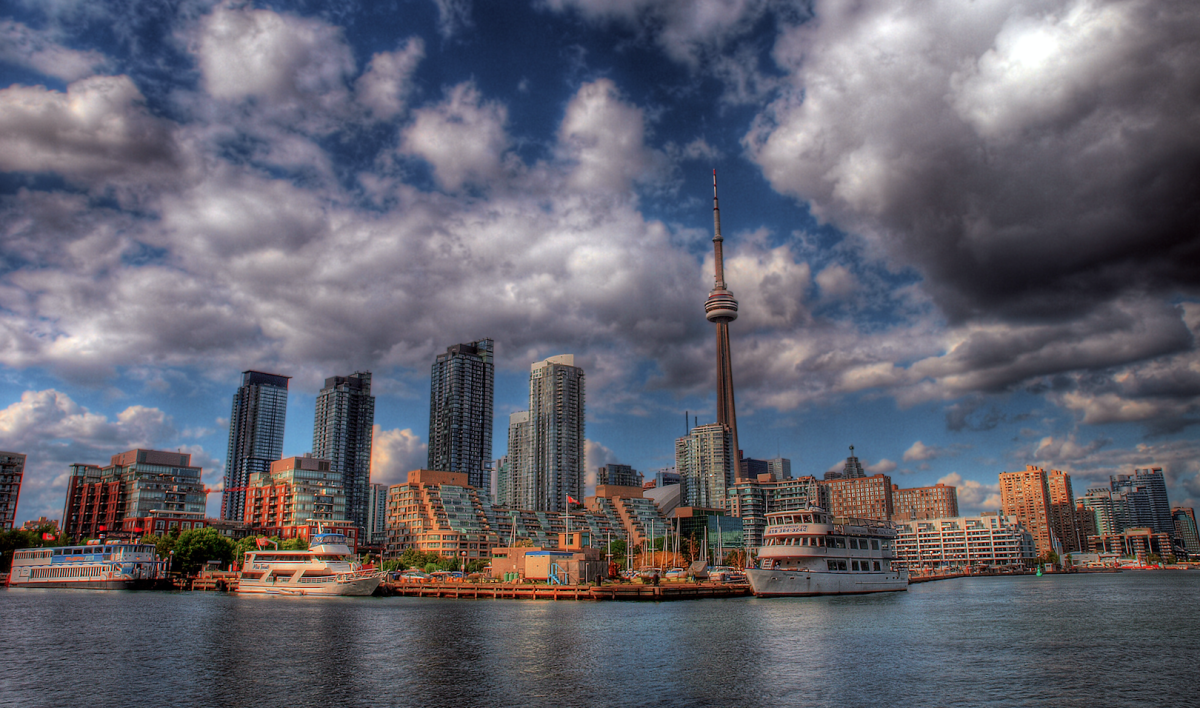Support strong Canadian climate journalism for 2025
Donald Trump’s recent withdrawal from the Paris climate agreement is disappointing, but not even the U.S. president can stop the world-wide momentum behind climate action. While there is a lot of talk about national targets, cities are the linchpins in driving down global carbon emissions–including Canada’s urban centres.
In an increasingly urbanized world, 70 per cent of global emissions originate in cities. At the same time, cities bear the brunt of climate disruption, with effects that include more frequent and severe heat waves, floods, and disruption to local economies. Flooding of Toronto Island foreshadows what might happen if we don’t act.
Cities must take the lead in driving down emissions like never before. That’s why I’m encouraged that C40 Cities, an international network of 91 leading climate cities, including Toronto, is doubling down on the commitment to municipal action.
As Canada’s largest city, Toronto is especially well positioned to show leadership and take its commitment to the next level with TransformTO. It’s an ambitious but achievable plan for reaching Toronto’s target of reducing carbon emissions by 80 per cent (below 1990 levels) by 2050.
Toronto needs to move faster
Toronto, like other cities, is already reducing its carbon footprint. But the TransformTO analysis shows that it’s not happening fast enough. Under the business-as-planned scenario, Toronto would miss its 2050 target by a staggering 8.7 million tonnes of climate-warmig greenhouse gas emissions. And that takes into account measures such as approved transit investments and the City’s long-term waste strategy.
The good news is that we can close the gap with a set of low-carbon actions based on technology that’s already available.
A look at the sources of Toronto’s current emissions shows where the potential for reductions are. Roughly half of the city’s carbon emissions come from buildings, 41 per cent from transportation and 11 per cent from waste. That’s why TransformTO lays out a comprehensive blueprint from electrifying transportation, and increased cycling and walking, to net-zero new construction and building retrofits that yield a 40-per-cent energy performance improvement by 2050.
But it’s not just about emissions savings. The TransformTO analysis shows that the envisioned low-carbon actions will provide significant related benefits, such as improved public health and lower operating costs for buildings. Especially promising is the potential for local job creation and training opportunities for communities that have traditionally faced barriers to employment. The planned building retrofits alone would create 80,000 person years of employment.
So TransformTO isn’t just a plan for climate action, but also for increasing social equity in Toronto.
Plan goes to city council in July
Putting this plan in place with the proper funding will allow the City of Toronto to mobilize and coordinate local resources for climate action from stakeholders like neighbourhoods groups, businesses, and organized labour.
After two years of public engagement, expert input and in-depth analysis, TransformTO will go to city council for approval in early July. Mayor John Tory has endorsed the plan, paving the way for the council to show that Toronto is still serious about climate leadership. With such a robust plan in place in Canada’s largest city, it will be significantly easier for Ontario and the federal government to hit their respective climate targets. Additionally, it will enable Toronto to attract the investment needed for a low-carbon transformation.
I’m hopeful that the successful approval and implementation of TransformTO will inspire and support other Canadian cities on their path to a low-carbon future.
It’s a turbulent time for international climate efforts. But what the U.S. withdrawal from the Paris agreement can help us do is refocus and redouble our efforts where they matter most–in our cities. With provincial and federal governments as steadfast partners on practical low-carbon measures, policies and investments, cities like Toronto can lead the way towards a low-carbon future. This is our time to shine and be an example for others.
— John Cartwright is the President of the Toronto & York Region Labour Council and a member of the cross-sectoral Modelling Advisory Group that informed the TransformTO project.





Comments